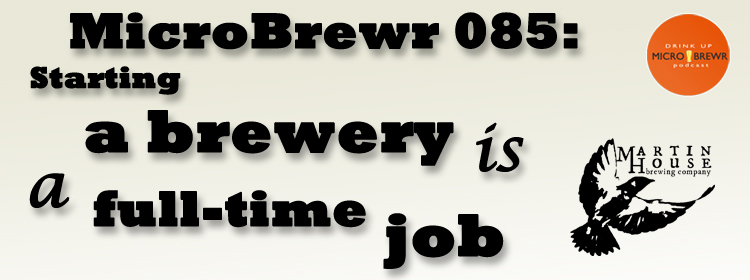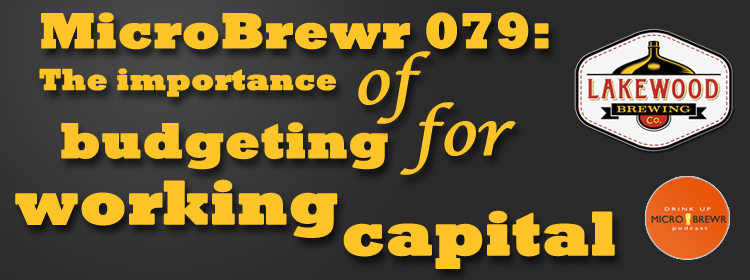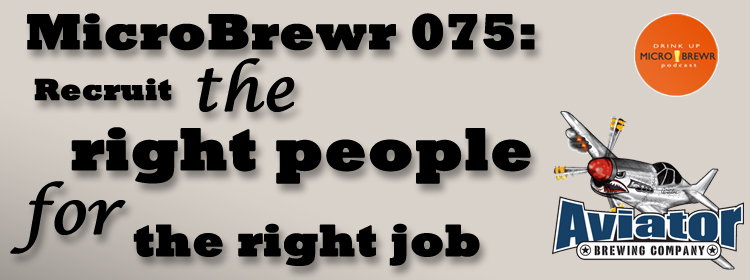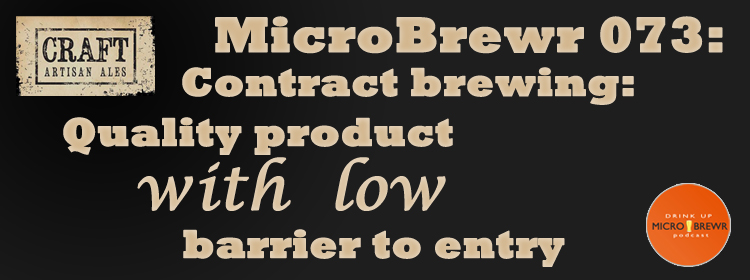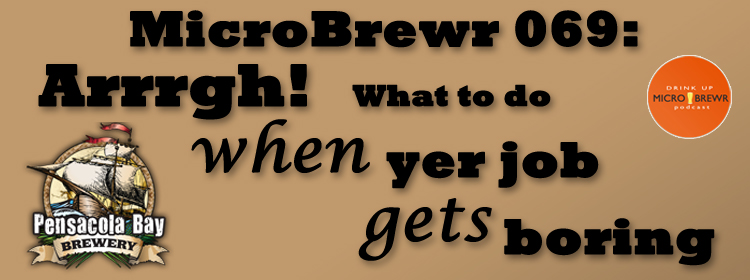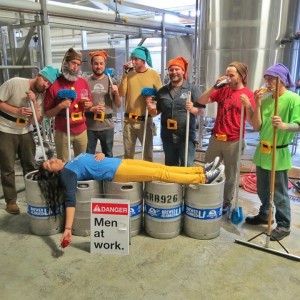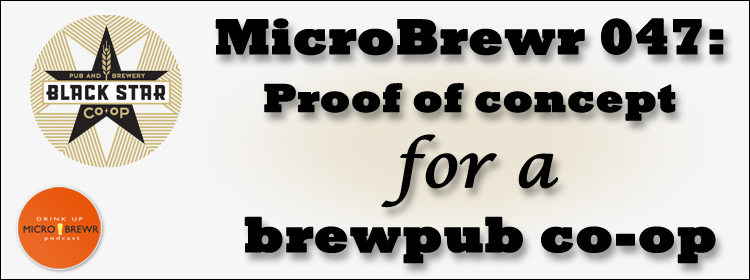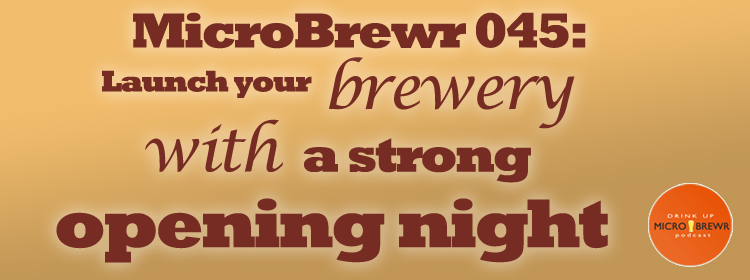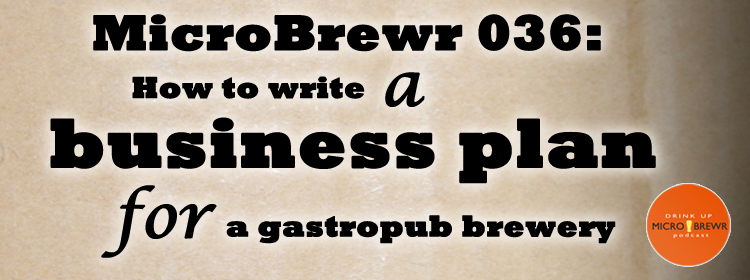MicroBrewr 085: Starting a brewery is a full-time job
Podcast: Play in new window | Download | Embed
Subscribe: RSS
Cody Martin worked in civil engineering and environmental engineering. After touring some breweries and seeing that they use familiar equipment, he asked his wife if he could start a brewery. She found work in Texas and he started Martin House Brewing Company in Fort Worth, Texas.
“Starting a brewery is a full-time job.” [Tweet This]
After they moved back to Texas, Cody worked full-time for 15 months to start his brewery.
“If you want to be a brewery in planning for 3 or 4 years,” he offers, “then go ahead and keep your job.”
In that time, he worked on his business plan, found partners and investors, introduced himself to local breweries, and work 20-30 hours per week for free in a local brewery.
Once the business plan was complete, they had 6 months allotted to finding investors and securing funding, and they got it done in only 6 weeks. They talked to anyone and everyone they could find or with whom they could make connections.
In the end, the owners with “skin in the game” had contributed approximately $60 thousand. Investors pitched in significantly more than that, he says. Approximately half of the capital came from friends and family, and about half came from other investors whom they had never previously met.
They were able to cut costs by doing the majority of the work themselves. “We literally built everything in this place ourself,” Cody remarks.
It helps that Cody is an engineer. They also called on old friends who gave them discount prices on skilled work.
Additionally, Cody says it very important to partner with people who compliment, rather than duplicate your own knowledge and skills.
“You need to make sure you have the team with the full talents of running a business,” Cody advises, “not just 3 brewers.”
Financially, it has worked well.
“We have zero debt,” says Cody, “so we were able to break even on that pretty quick. A few months in, we started paying ourselves a salary. And then our first full year of production, we were able to pay our investors back a little.”
Cody even had the opportunity to make a collaboration brew with one of his all-time favorite bands, Toadies.
In summary, Cody’s advice for starting a brewery:
- Quit your job.
- Have the support of your family.
- Assemble a team with diverse skills.
- Don’t buy a glycol chiller from China.
Brewery specs:
Kettle size: 30 BBL.
Size and quantity of fermentation tanks: 4, 30-BBL; 2, 60-BBL fermenters.
Size and quantity of bright tanks: 1, 30-BBL; 1 60-BBL bright tanks.
Annual brewing capacity/last year’s production: 6,000-BBL capacity. About 2,800 BBL last year.
Square footage: 9,000 sq. ft.
Years in operation: 2.5 years (opened March 2013).
Listener question:
From Sean McKeown: Do you still have the same passion for beer after doing it as a job, at a commercial level?
Can’t-go-without tool:
Zip ties, duct tape, and Milwaukee 48-22-1901 Fastback Flip Open Utility Knife.
Book recommendation:
- Water: A Comprehensive Guide for Brewers (Brewing Elements) by John Palmer and Colin Kaminski.
- Malt: A Practical Guide from Field to Brewhouse (Brewing Elements) by John Mallett.
- For The Love of Hops: The Practical Guide to Aroma, Bitterness and the Culture of Hops (Brewing Elements) by Stan Hieronymus.
- Yeast: The Practical Guide to Beer Fermentation (Brewing Elements) by Chris White and Jamil Zainasheff.
Check out the entire list of recommended books, click here.
An upcoming beer style:
Sour beer
Other resources:
 Deep Ellum Brewing Company, Dallas, Texas.
Deep Ellum Brewing Company, Dallas, Texas.- The Florida weisse: a primer, Christopher Staten, DRAFT Magazine, March 18, 2014.
- Toadies on iTunes.
- Send Ska! Hawai’i’s Best of 2004, Gardenia Lane.
- McMaster-Carr Supply Company, supplies and products to maintain manufacturing plants and large commercial facilities worldwide.
You can reach Cody Martine and Martin House Brewing Company at:
- martinhousebrewing.com
- Facebook: martinhousebrewing
- Twitter: martinhousebrew
- Instagram: martinhousebrewing
- Untappd: martinhousebrewing
Sponsors:
Support MicroBrewr
Help keep MicroBrewr on the air. CLICK HERE for ways you can help.

